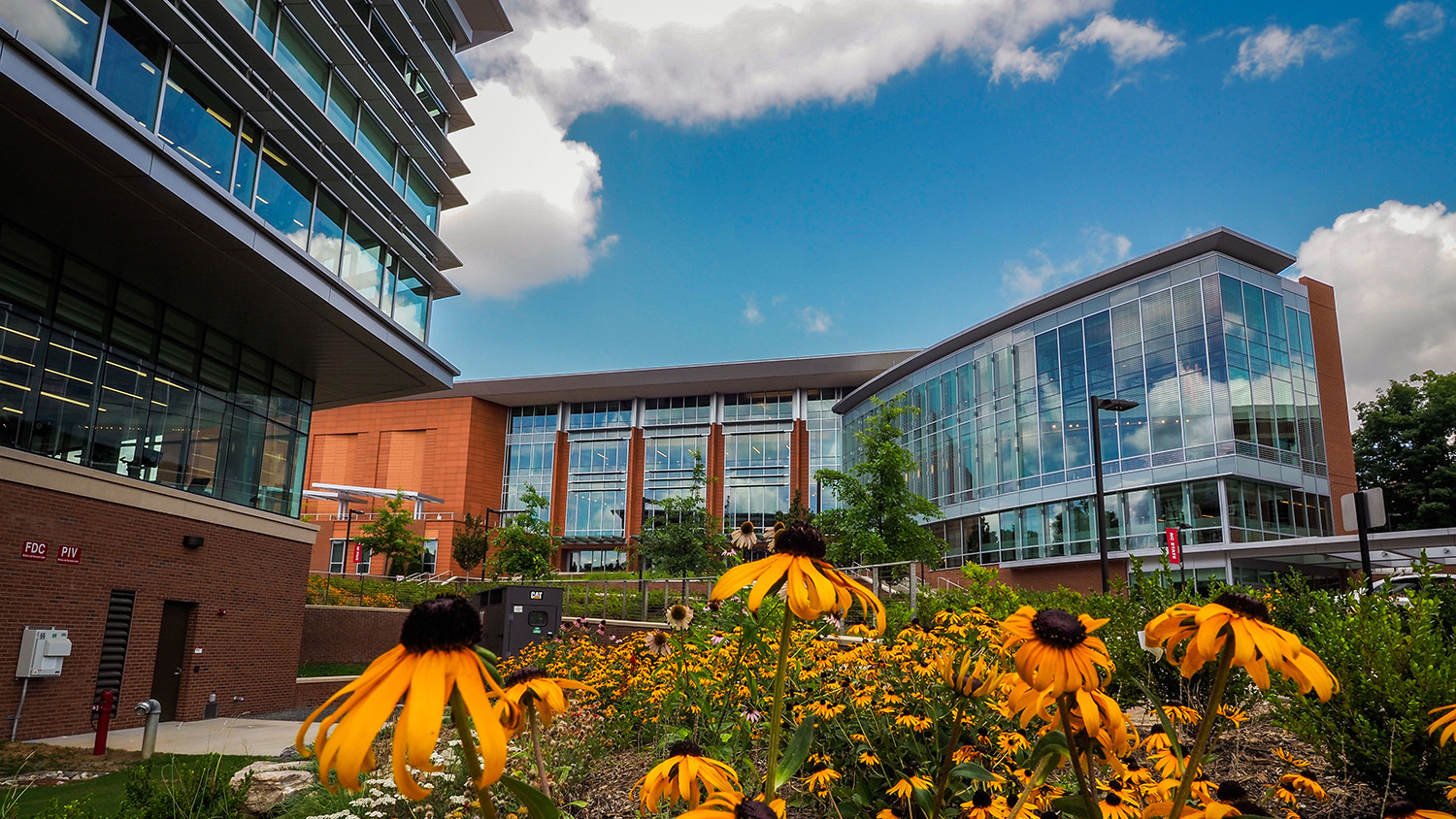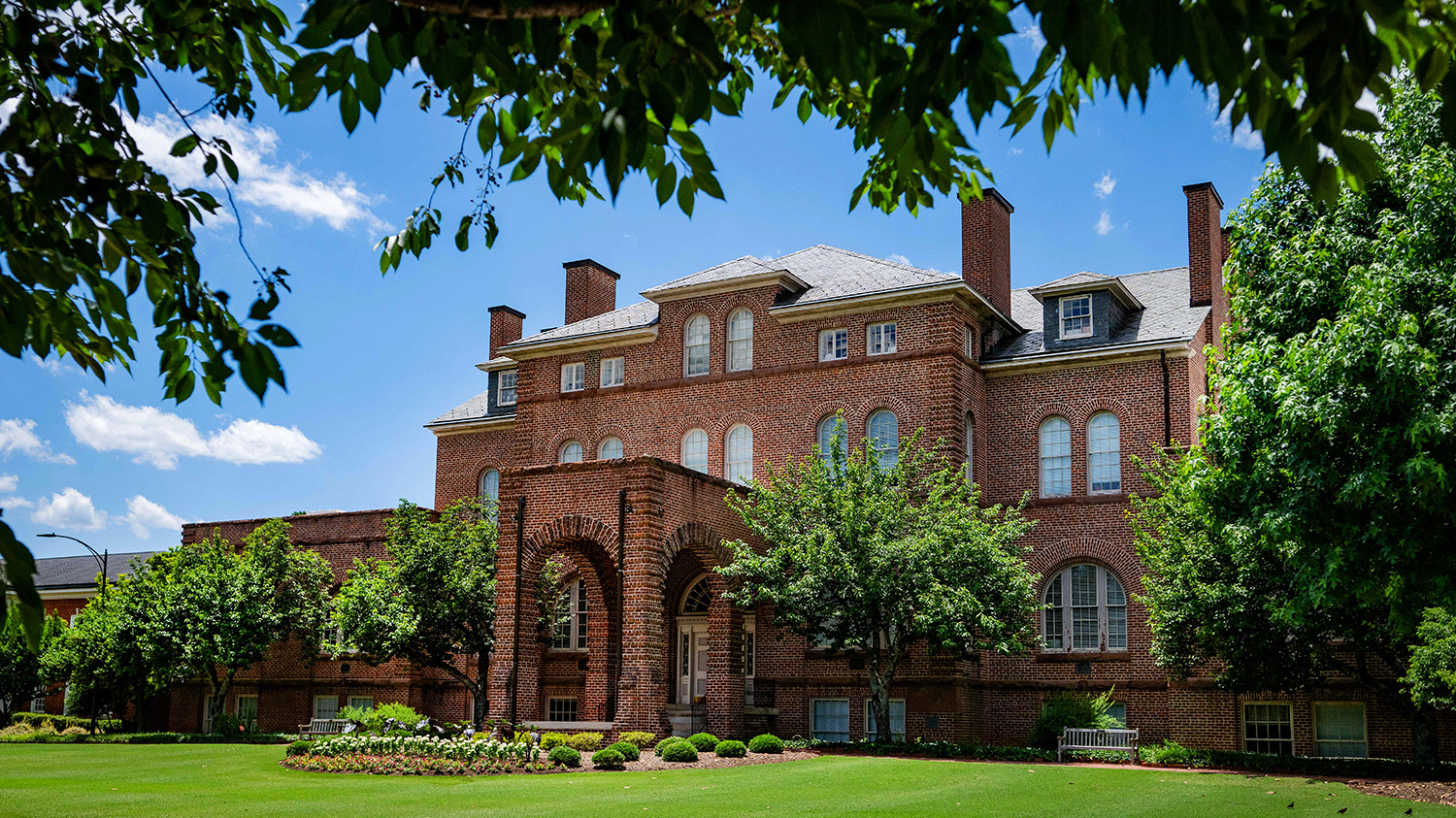Cross-team HDSLR Video Project Buzzes with Novelty
After a year of experimenting with high definition technologies, DELTA is now using high definition single lens reflex (HDSLR) technology and processes. The same technology is used in some feature films and network television productions. The results were a broad range of stunning instructional videos (see link below) for a distance education entomology course and the documentation of a repeatable, scalable process.
The Challenge
One instructional objective for the Honey Bee Biology and Management course (ENT 401) was to concisely teach students how to build a Langstroth bee box, the square wooden bee hives used to collect honey. The instructor determined that a visual demonstration of bee box construction was the most powerful way to teach this concept. This challenge triggered DELTA’s video production team to step in with a novel solution.
In addition to the instructor’s goals, the internal production team–a collaboration between DELTA’s Video Communication Services (VCS) and Instructional Support Services (ISS) units–had several goals: to field test new video and audio technologies, to develop new workflows around these technologies, to develop cross-team collaboration opportunities, and to be able to implement what was learned in future projects to ultimately deliver a higher quality end product.
The Results
The results of this project, known as the Bee Box project, have more than met expectations. The videos turned out beautifully and are now used as part of a Flash-based interactive life cycle tool that takes students through the many steps and considerations of building and managing a hive.
The technology and work processes developed one year ago are now in routine use within DELTA.
Technological firsts:
• Use of multiple HDSLR cameras in a field production to create digital-cinema HD video for an NCSU online class
• Use of LED television production lights
• Use of recording prime audio independent of camera (via Adobe Soundbooth)
Workflow firsts:
• Process for combining audio with video in post-production
• Workflow for using very large HD video files in the editing process
• Process for cross-team and cross-campus creative and technical collaboration
Using what was learned from the Bee Box project, DELTA production team members from VCS and ISS have refined the use of this gear to produce effective, high-quality video projects including: Plant Biology labs, a speech by Governor James Hunt, a recruitment video for a Masters of International Studies, and a drama depicting the consequences of plagiarism.
Moving Forward
Shooting and editing The Bee Box videos using HDSLR technology was at first challenging, as both an instructional problem and as an opportunity to explore both new technologies and cross-team workflow. However, the process has been refined and we are getting better and faster with each video project. The collaboration between DELTA groups continues to prove invaluable on current projects.
The Bee Box videos will move the bee-keeping students forward, but it moved DELTA forward as well.
Contact John Gordon or Mike Cuales to learn more about HDSLR technology and/or the process of HDSLR post-production.
- Categories:


